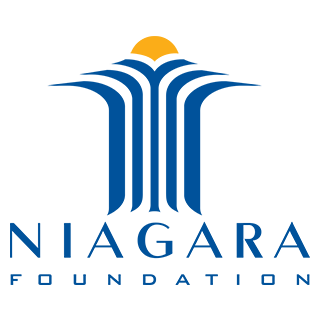The views and opinions expressed on the website are those of the authors and do not necessarily reflect the views or opinions of Niagara Foundation, its staff, other authors, members, partners, or sponsors.
By Suzanne Warshell, Center for Public and Global Affairs Intern
July 22, 2015
Go back forty years. Ask anyone in Northern Ireland if they thought peace between unionists and loyalists was possible. Most would laugh, possibly give you a puzzled glance. The tensions between loyalists and unionists that were causing the current violence, they would say, go back centuries and would not be resolved until one side won outright. Against all odds, they were wrong. To be sure, the peace that exists in Northern Ireland today is fragile and constantly shifting; if you pay attention, divides still exist across every social realm. Still, the transformation from the time of the Troubles is vast. As fragile as it might be, the peace exists.
Two years ago, I visited Northern Ireland with six of my classmates through an exchange program sponsored by Rotary International. We each stayed with host families — with a student our age who had travelled to Chicago the year before — and spent our days learning about conflict resolution programs in the country. To prepare for the trip, we spent months researching the history of the country. As a (very) brief summary, Northern Ireland has been plagued by conflict between largely Protestant unionists and largely Catholic nationalists. Unionists want Northern Ireland to stay linked to England as part of the United Kingdom, whereas nationalists wish to join with the Republic of Ireland as an independent country. The conflict reached a peak in the late 1960s with the emergence of the Troubles. At that time, various paramilitary groups representing both sides began to engage in violent conflict over the dispute. Over the course of 30 years, many riots, protests, and bombings occurred, despite the attempt to enact several ceasefires. Over 3,600 people were killed and thousands more were injured. The Troubles officially ended in 1998 with the “Good Friday,” or Belfast, agreement, which maintained a connection to the United Kingdom while increasing Northern Ireland’s autonomy by revising the Northern Ireland Assembly, their existing form of government. Even with this agreement in place, the true peacebuilding work had just begun.
During my time in Northern Ireland, I saw a country filled with people struggling to reconcile their deep ideological and political differences, but highly committed to that struggle. We visited several community organizations that focused on alternative methods of conflict resolution, including one led by former members of the IRA (the nationalist paramilitary group during the troubles). While the large majority of schools in Northern Ireland are still segregated, the number of integrated schools is quickly rising and becoming more accepted among both communities. The peace walls that have divided Catholic and Protestant communities for decades have begun to come down, with the Northern Irish Assembly committing to their complete removal by 2023. Perhaps most significantly, the students we stayed with were from both sides of the conflict and had become close friends with each other despite their often heavily conflicting views. Orlaith, my host sister, was staunchly nationalist but was close friends with the unionist students in the program. While she strongly disagreed with their political views, she prioritized their friendship and the maintenance of peace above her individual convictions.
Less than half a century ago, the country was mired in violence and hatred. Experts around the world, and most individuals within the country, saw no plausible end to the conflict. Again, it is crucial to not ignore the problems that remain in Northern Ireland. As I mentioned before, the schools remain highly segregated, as do most neighborhoods. The political parties representing each side constantly clash and find themselves gridlocked. The peace process is long and difficult and requires constant maintenance. In spite of this, the two communities are making unprecedented progress and the violence of the Troubles is worlds away from the country I saw during my visit. While it is inappropriate to use one specific conflict an exact model for any other, in a world where many violent conflicts are seen as inevitable and practically eternal, Northern Ireland should certainly be a cause for hope.

